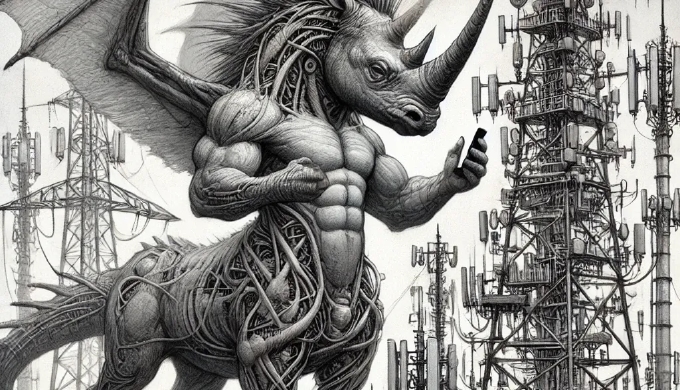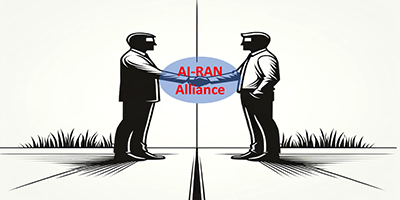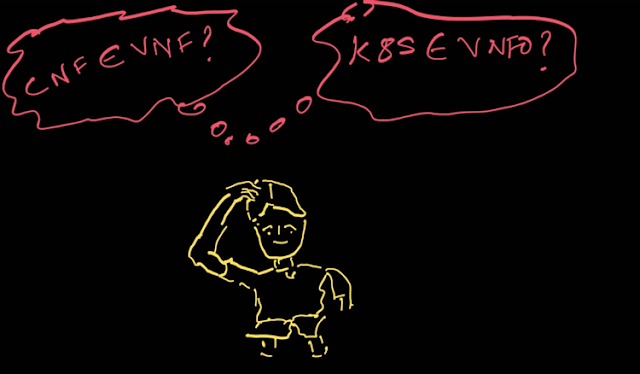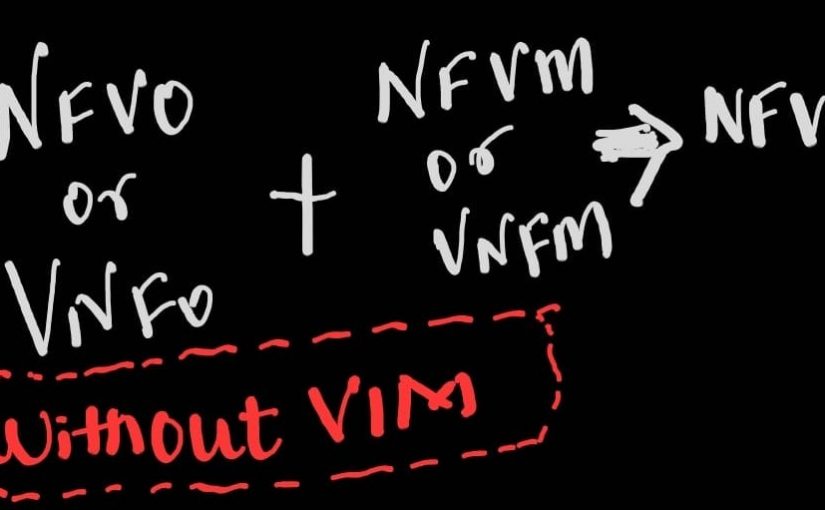Awakening the Beast in the RAN Equipment Market – An Nvidia Imperative!

Nvidia has been showing some serious urgency into the RAN.
Sample its vision for the AI-RAN Alliance, which it helped birth earlier this year, “Unlike standards-setting organizations, where all the efforts are focused on developing specification documents for interoperability, AI-RAN Alliance’s focus is to create implementation blueprints and benchmark the efficacies of AI/ML algorithms for the new AI-native RAN.”
Nvidia wants blueprints, and fast. Which is why it teamed up with Nokia and Ericsson under the aegis of T-Mobile. It already has Samsung on its side, on account of its early association with Softbank.
So here we are – Nokia, Ericsson and Samsung; what does that leave out? Well, only the Chinese biggies – Huawei and ZTE?
Does this mean that Nvidia has the unstinted backing of the entire ‘free’ world telecom OEMs?
This is where it gets interesting. In-principle backing – yes, unstinted backing – definitely not!
At the risk of sounding boastful, let me excerpt from the profile of Nvidia, which Insight Research covered early this year.
“Particularly, its approach of utilizing the GPU for L1 processing is something that many telcos will be keen on evaluating. Possibly, Nvidia is playing to its strenghts – in this case AI on the GPU. The RAN stack, by itself alone, may not warrant the sometimes costly and power-intensive resources of the GPU. Adding AI to the mix however, may make the investment worthwhile. This approach will require Nvidia to carefully select its customers. Clearly, Nokias and Ericssons will unlikely buy this approach readily. Nvidia has to jump over them and look at telcos, but not just any telcos. Nvidia needs to approach telcos with the right user-base, most likely the right enterprise user base. The ‘right’ enterprises are the ones with the wherewithal to seamlessly manage or at least co-ordinate the switchover with the telco partners.”
Clearly Nvidia has taken that jump – that proverbial leap of faith and chosen to deal closely with the T-Mobiles and the SoftBanks of the world, who act as the pied pipers for the Nokias and the Ericssons and the Samsungs! Only partially though.
Think about it, what do the OEMs gain from Nvidia? The gRANdstanding of the AI Aerial notwithstanding, Nvidia has work to do make it appealing for the OEMs to include it in their charmed comfort zone.
And what will Nvidia gain from dislodging the Intels and the Marvells (not Marvel!) from the world of RAN? Is the RAN universe lucrative enough for Nvidia to go all guns blazing? The number of end-users (OEMs) is very low. And these end-users have little incentive to support pathbreaking innovation in letter and spirit. The telcos are willing to experiment though. They want supplier diversity. History bears witness that competition has engendered growth. Only a vibrant and Open (!) developer and adopter ecosystem can propel the RAN gear market into the beast mode.
Presently, every major player worth their name and game (and I wouldn’t count Nvidia out of that group) is skeptical about how attractive such openness will be for their individual businesses. This is ironical in general for the ecosystem at large, but particularly delicious for Nvidia. For example, would Nvidia mind a thousand flowers bloom – including an energized Intel, or Marvell, or Qualcomm (why not - Remember Tegara?) for that matter? Nvidia may not be able to do much about the rivals’ very existence, but it will certainly attempt to steal their lunch. But every such steal and every such consolidation that creates behemoths will ultimately stunt growth.
So, there you have it – the Gordian knot. Real openness may really and ultimately help Nvidia of the future, provided the Nvidia of the present agrees. Nvidia’s consent is essential, but not sufficient. A host of other biggies will need to provide their blessings too.
Forget it, its all too utopian.
The beast mode is required however. Being a legend in the gaming industry, Nvidia knows the power of the beast mode too well. THAT is where Nvidia comes from and THAT is where Nvidia will ultimately want to take RAN equipment market too.
How will it do that? That’s quite some fodder for thought.
Published on: September 24, 2024
|
RELATED BLOGS

The AI-RAN Alliance: The idea whose time has come

Are CNFs, VNFs?

